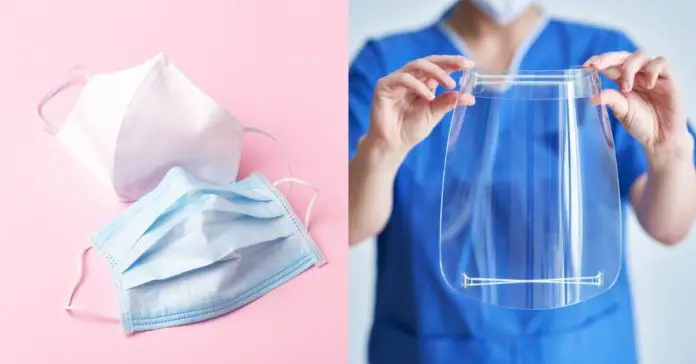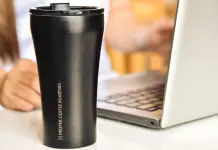Since the onslaught of the pandemic, face masks have become a new essential. From cloth masks to gas masks, there are plenty of choices available, but which should you wear, and what even are the differences? We won’t be including every type of mask available here (e.g. gas masks), but those that are worn for protection against COVID-19. For the record, some of us didn’t even know about one or two of these masks till we searched it up. Hopefully, this will be as helpful to you as it is to us!
1) 3-Ply Mask/Surgical Mask
The 3-ply mask or surgical mask is the one we most commonly see and use in Malaysia. But did you know that even surgical masks have levels? There are three levels to surgical masks, each used for different reasons, and the most common ones we use are of level one. There are many criteria such as fluid resistance, breathability, and bacteria filtration efficiency (of a certain size) that comes into play when determining these levels. Most often, we look at bacteria filtration efficiency (BFE), and level one surgical masks have a BFE rate of 95% or higher, provided that they are at least three microns. For context, the size of a COVID-19 virus is 0.1 microns, but they are always bonded to other larger particles.
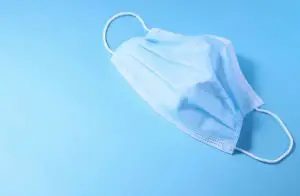
2) Cloth Mask
Cloth masks come in different materials and types as well, though compared to surgical masks, their effectiveness is significantly lower. According to research, most cloth masks’ BFE is only about 50-60%. Also try to use cloth masks that have at least two layers of fabric, or those where you can insert filters for added protection. Some masks also have a breathing vent, which you also shouldn’t use. The breathing vent allows droplets to escape from it, so if you’re a carrier, you’re increasing the risk of transmission. Given it’s lower BFE, it’s not encouraged to wear cloth masks by themselves, which brings us to the next item.

3) Double Mask
It is what it is: wearing two masks. The proper way to double mask is to wear a surgical mask first, and then layer it with a cloth mask. According to the CDC, this method provides up to 85.4% of protection compared to 56.1% when wearing a single surgical mask that is unknotted and untucked. The protection rate refers to particulate filtration efficiency (PFE), which filters particles larger then one micron. Layering two surgical masks or two cloth masks isn’t the proper way to double mask either.
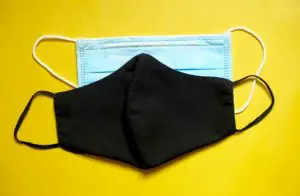
4) N95
The N95 is a respirator, which makes it slightly different than a “mask”. They prevent the inhalation of contaminants or noxious substances (i.e. added protection), and are rated according to their ability to filter out particles as small as 0.3 microns. Patented in 1995, the N95 has been around for a while, and its number “95” represents filtering ability: 95%. With a N95, you don’t have to double mask anymore, and sources are also stating that only frontliners or those with certain conditions should wear N95 respirators regularly, because they’re the ones who need it most. (In case they run out of stock.) Some N95 also come with a valve/vent, so again, do not use those.
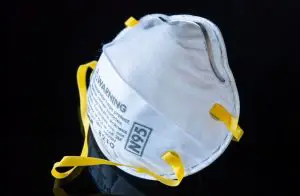
5) KF94
This is news to us, actually, so if this is the first you’re hearing of it, you’re not alone. The “KF” stands for “Korean filter”, and again, the “94” is its filtration ability: 94%. This is basically the South Korean version of the N95 respirator. These masks are growing in popularity, and many people are opting for this over N95 respirators, especially if they’re using it regularly. They haven’t been approved everywhere, but they’re still a big step up from a single surgical mask. Apparently there are also some fraudulent KF94s going around, so be extra careful when shopping for KF94s.

6) KN95
Just like the KF94, the KN95 respirator is another version of the N95, but from China. These are more widely approved than the KF94, and KN95s are also making their way everywhere. With a filtration rate of 95%, it again offers much more protection than a surgical mask. If you feel like a surgical mask or double masking is not your thing, or you just want to know that your mask has a filtration rate of 95%, KN95 could be the one to go for. But just like the KF94, plenty of fakes too, so beware.
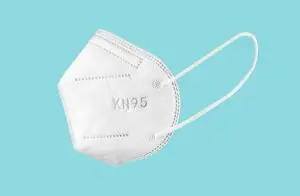
7) Face Shield
Okay, in terms of protection, a face shield is the loser among all the masks and respirators included above. But that’s because a face shield isn’t meant to protect particles from entering the nose and mouth. It’s the protect the eyes. New strains of COVID-19 could apparently use the eyes as an entry point, so the full coverage of a face shield (on top of a mask) is ideal for all-around protection in that sense. If you wear a face shield without a mask, it’s not going to do much. Ideally, a face shield should also extend beyond your chin.



